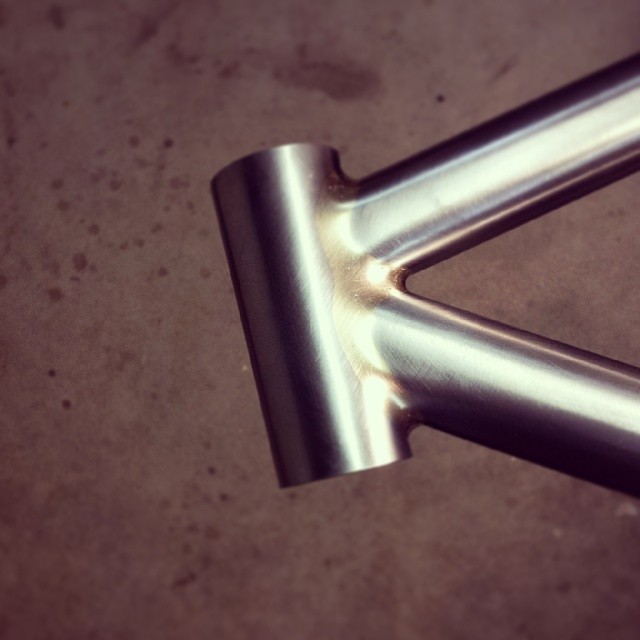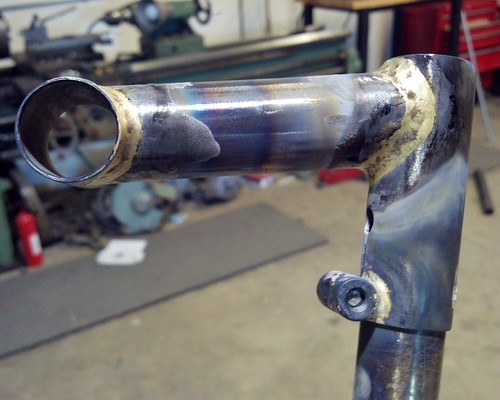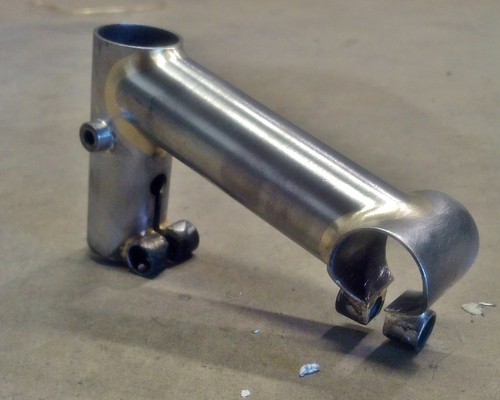Hi all,
I've built 15 frames so far - all but two have been fillet. So I've had a bunch of practice finishing fillets. While my technique has greatly improved in both laying down and finishing fillets since the first ones i'm looking for any tips on how to take the final finish to the next level.
I'm using 60 grit and getting really BORED after a few mins at 80 grit. Seeing the even brass to tube blending on these images makes me wonder if there are any secrets out there someone can fill me in on - or if it's just a 'more time' thing. I only use hand tools - so it's rat tail files and shop roll at the moment.
ME
Notice wavvvy lines at brass to tube transition
THE GOAL (a tomii pic)
To get the perfect blended edges is it now mostly patience? thanks for any advice you may have.


 Likes:
Likes: 




 Reply With Quote
Reply With Quote




Bookmarks